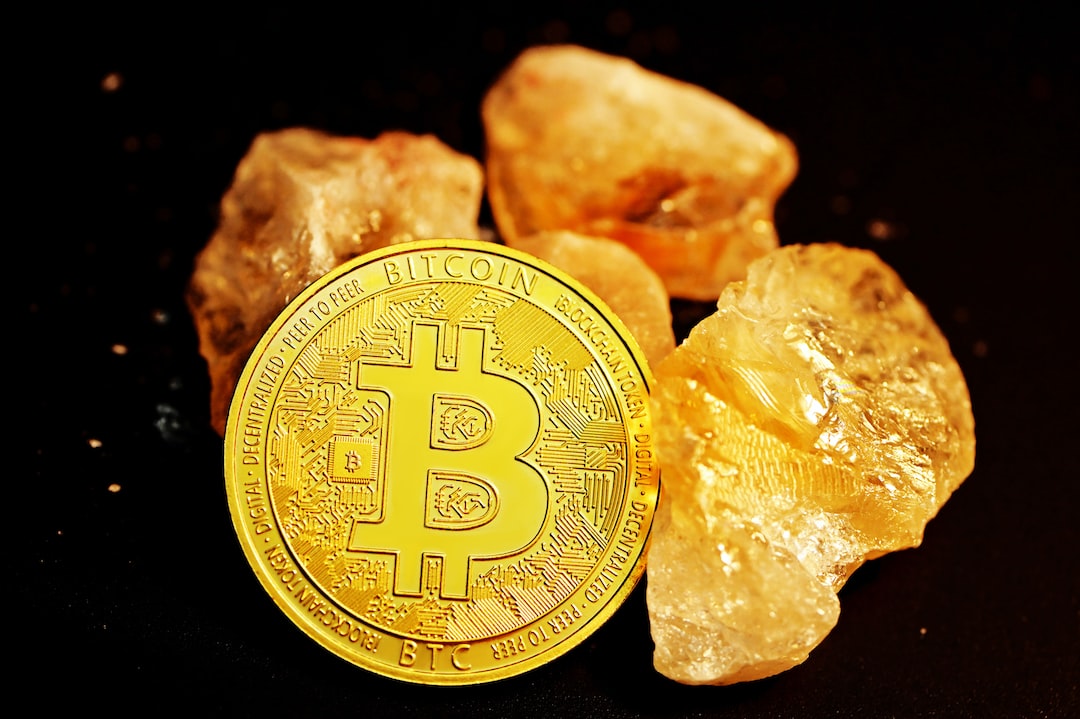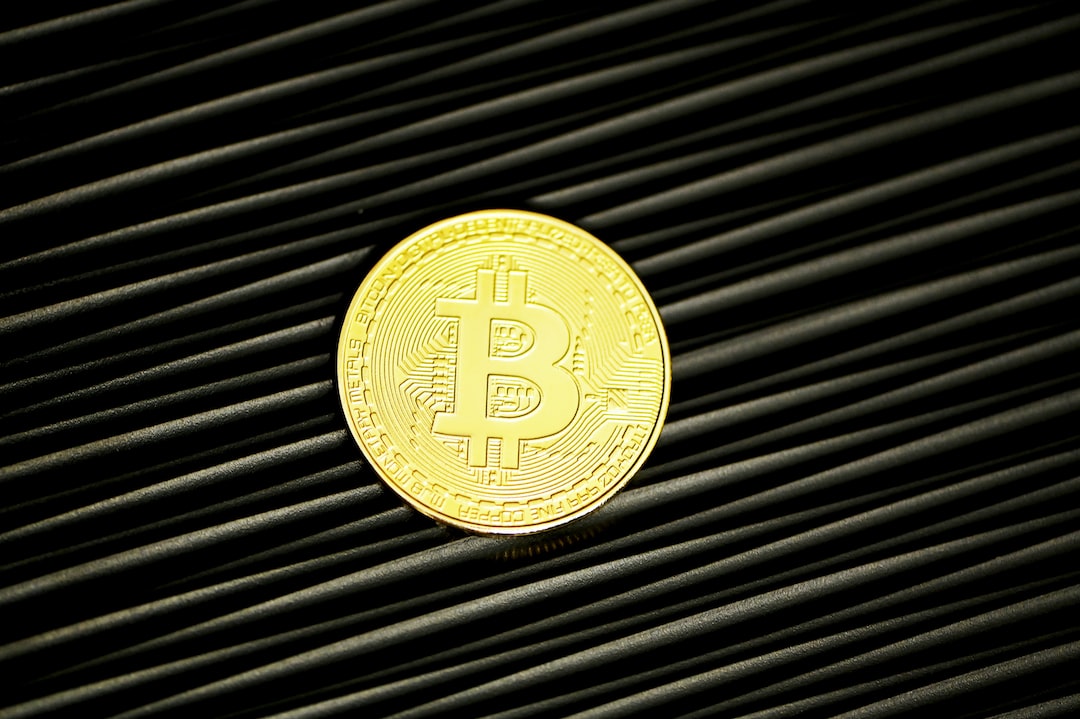Ethereum Whale Makes a Huge Deposit to Binance
An Ethereum whale recently made a significant deposit to the Binance crypto exchange, attracting attention from the crypto community. This whale has a history of withdrawing 123,000 ETH worth $451 million back in the bull market. However, with the recent market decline, the value of their holdings has decreased significantly.
On-Chain Tracker Observations
Lookonchain, an on-chain tracker, first noticed the whale’s activities and shared insights on November 2. The tracker pointed out that the whale had withdrawn 123,000 ETH at an average price of $3,672 and deposited 83,000 ETH at a price of $2,246, resulting in a loss of approximately $118 million.
Current Situation and Deposits
As of November 2023, the price of Ethereum has started to recover, but it is still far below the assumed cost price of the whale’s tokens. Despite this, the whale has been depositing large amounts of ETH to the Binance exchange. They made transactions for 83,000 ETH and another 10,000 ETH on November 2, followed by another deposit of 30,000 ETH on November 10.
Potential Massive Loss
All these deposits have been made at a loss for the whale. If they decide to sell now, they would incur approximately $180 million in losses based on current ETH prices. It seems that the whale is looking to exit their position despite potential upcoming market improvements.
Implications and Future Prospects
The current price of ETH is trading at $2,105 with a 10% gain in the last day. Given expectations of a future bull run within about a year, selling now may be premature. However, with uncertainty in the market, it’s understandable why the whale may want to secure profits at what they consider a good price.
Hot Take: Is Selling Premature?
The Ethereum whale’s massive deposits and potential losses raise questions about their strategy amidst market recovery and future prospects for cryptocurrency values. As an investor or observer in the crypto space, it’s essential to consider how such actions could impact broader market sentiment and long-term investment decisions.





 By
By
 By
By
 By
By
 By
By
 By
By